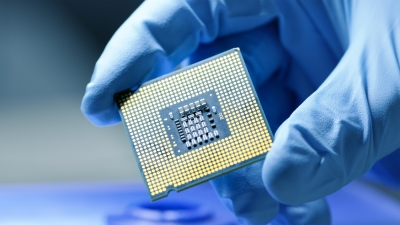New Delhi – India is moving its semiconductor ambitions up a notch. Ashwini Vaishnaw, the Union Minister for Electronics and Information Technology, has green‑lit the NaMo Semiconductor Laboratory at IIT Bhubaneswar. The lab, part of India’s “Make‑in‑India” and “Design‑in‑India” programs, will cost about ₹4.95 crore and will be funded through the MPLAD scheme.
The goal? To give Indian students hands‑on training in chip design and fabrication so they can fill the growing demand for semiconductor talent across the country. IIT Bhubaneswar will become a top hub for research, training and new ideas in the field. The new facility will help prepare engineers for the country’s upcoming chip manufacturing and packaging plants.
India already contributes roughly 20 % of the world’s chip‑design talent, and students from 295 universities use advanced EDA tools. So far, 28 student‑designed chips from 20 institutes have been built at the SCL in Mohali. With the NaMo lab, students can learn the same techniques right in India.
IIT Bhubaneswar was selected because of its strong research record and existing infrastructure, including the Silicon Carbide Research and Innovation Centre (SiCRIC). The lab will add cleanroom space, R&D tools and software – ₹4.6 crore is earmarked for equipment and ₹35 lakh for software. The new setup also dovetails with two state‑approved semiconductor projects in Odisha: an integrated Silicon Carbide facility and a 3D glass packaging plant.
By investing in education and technology, India is sharpening its edge in the global semiconductor arena and building a future where more chips are designed and built on home soil.
Stay informed on all the latest news, real-time breaking news updates, and follow all the important headlines in world News on Latest NewsX. Follow us on social media Facebook, Twitter(X), Gettr and subscribe our Youtube Channel.



